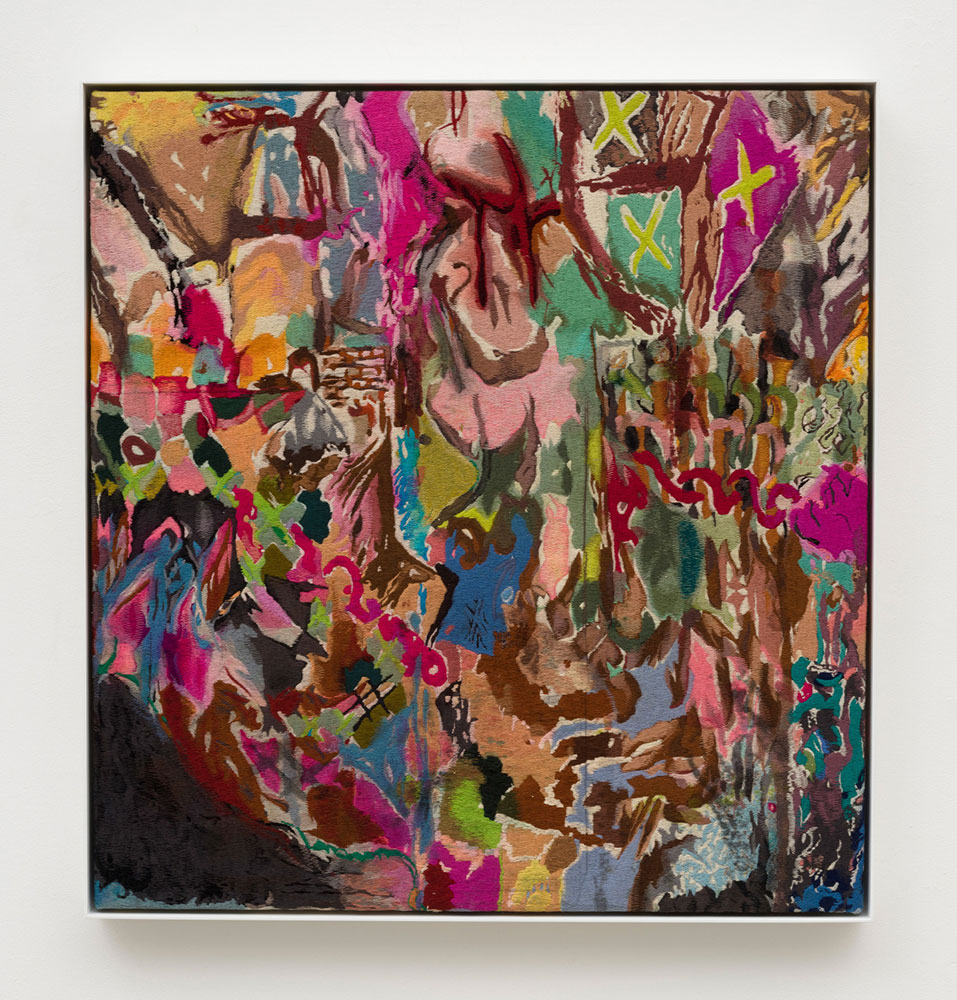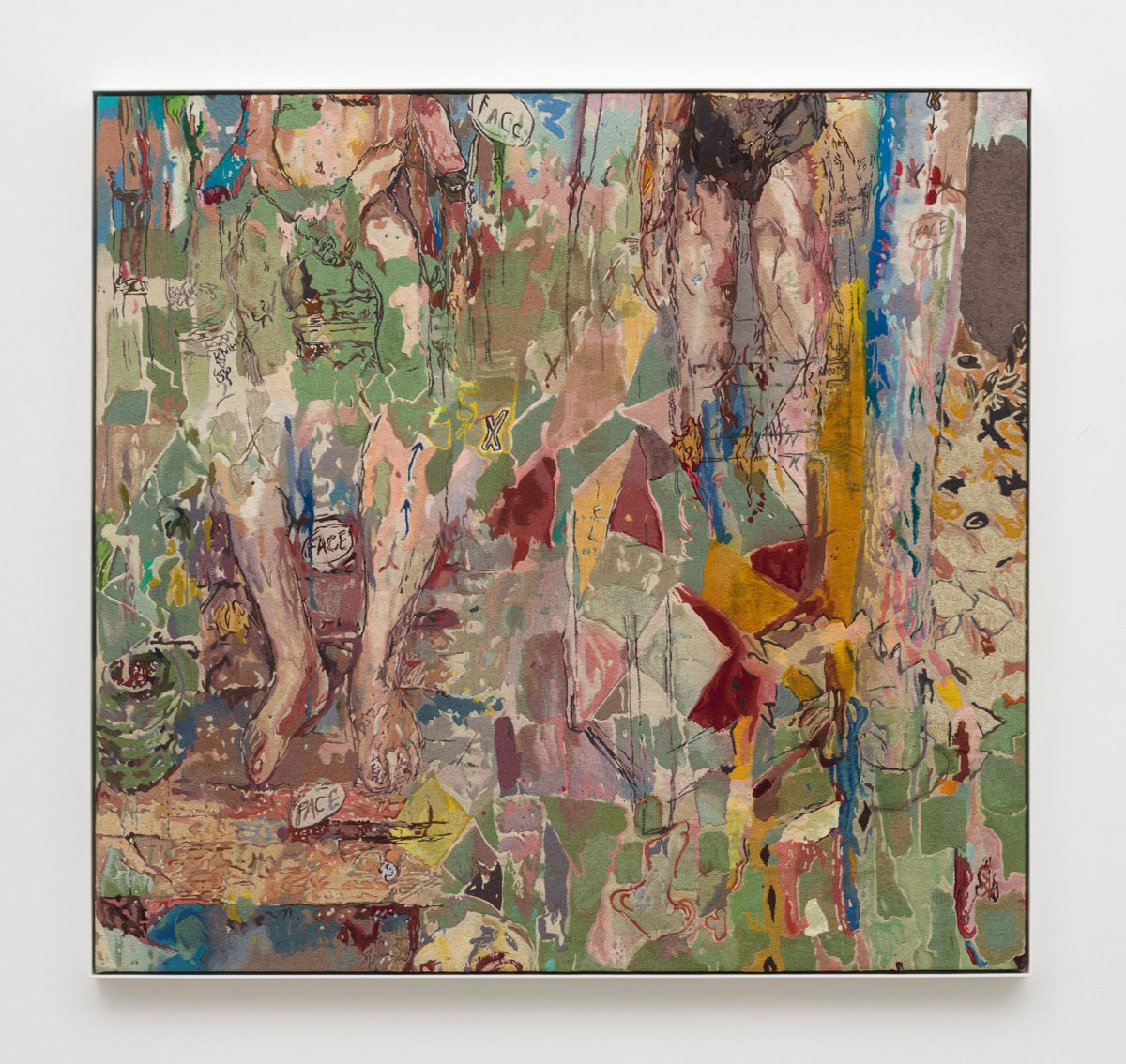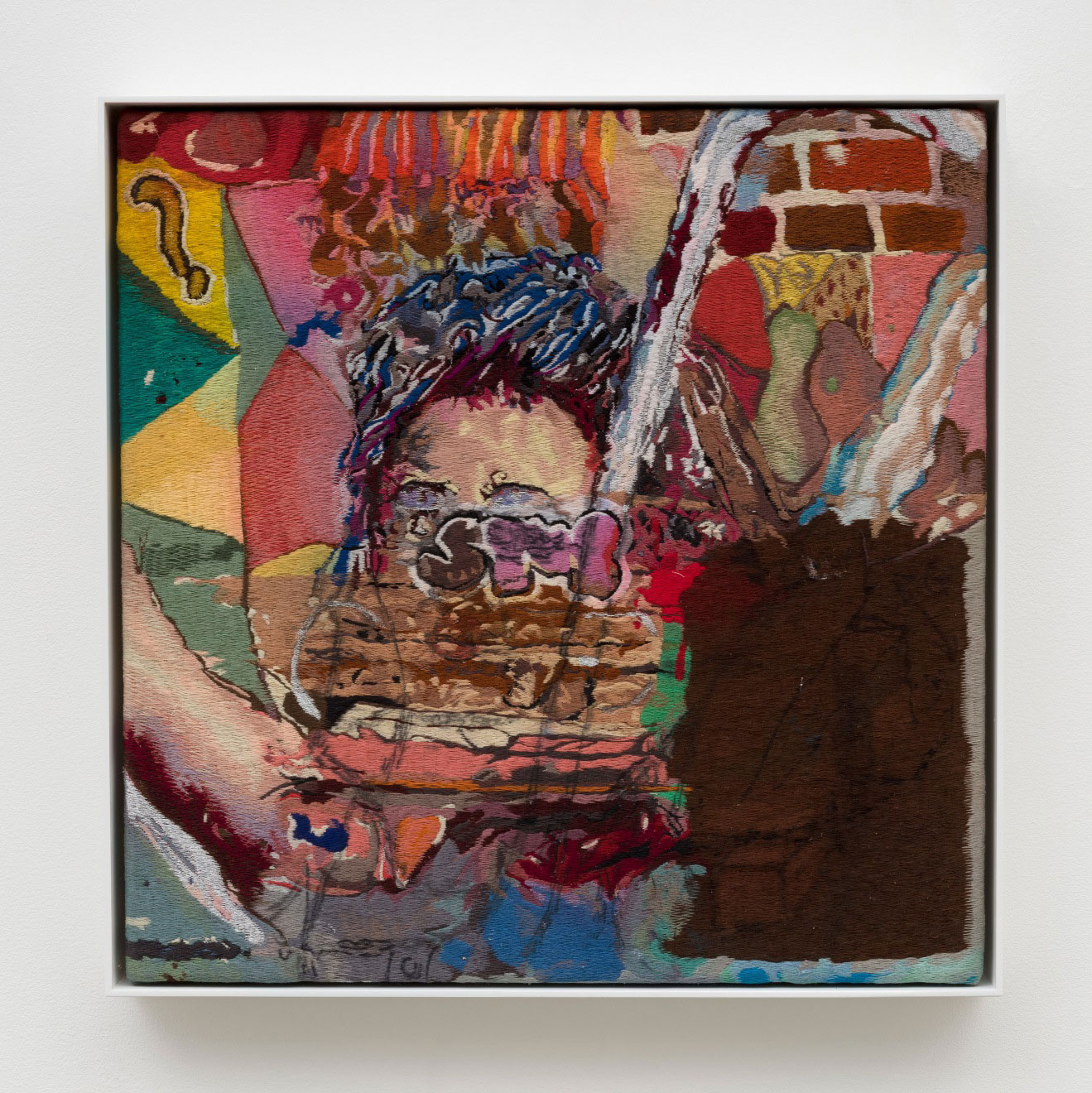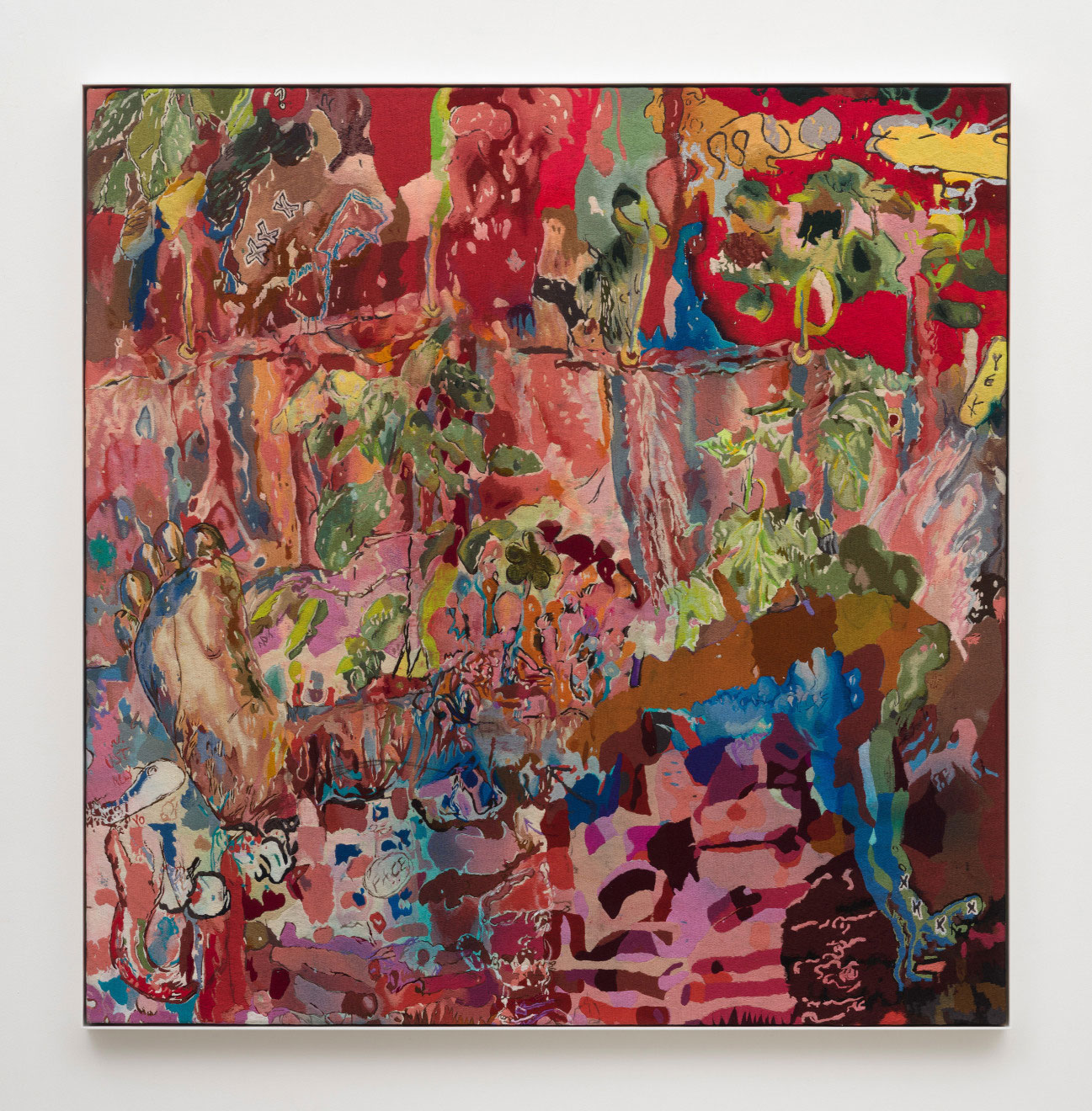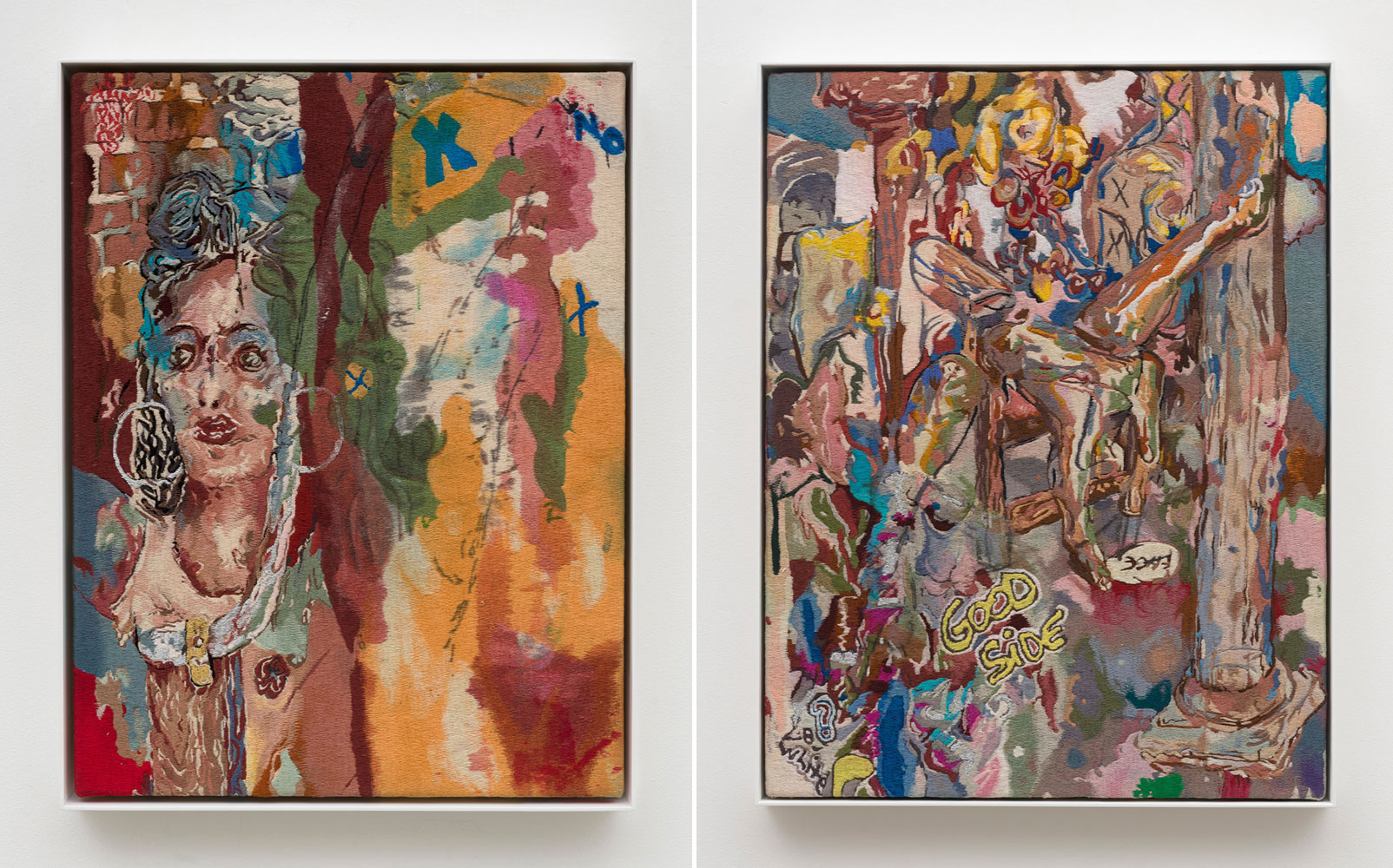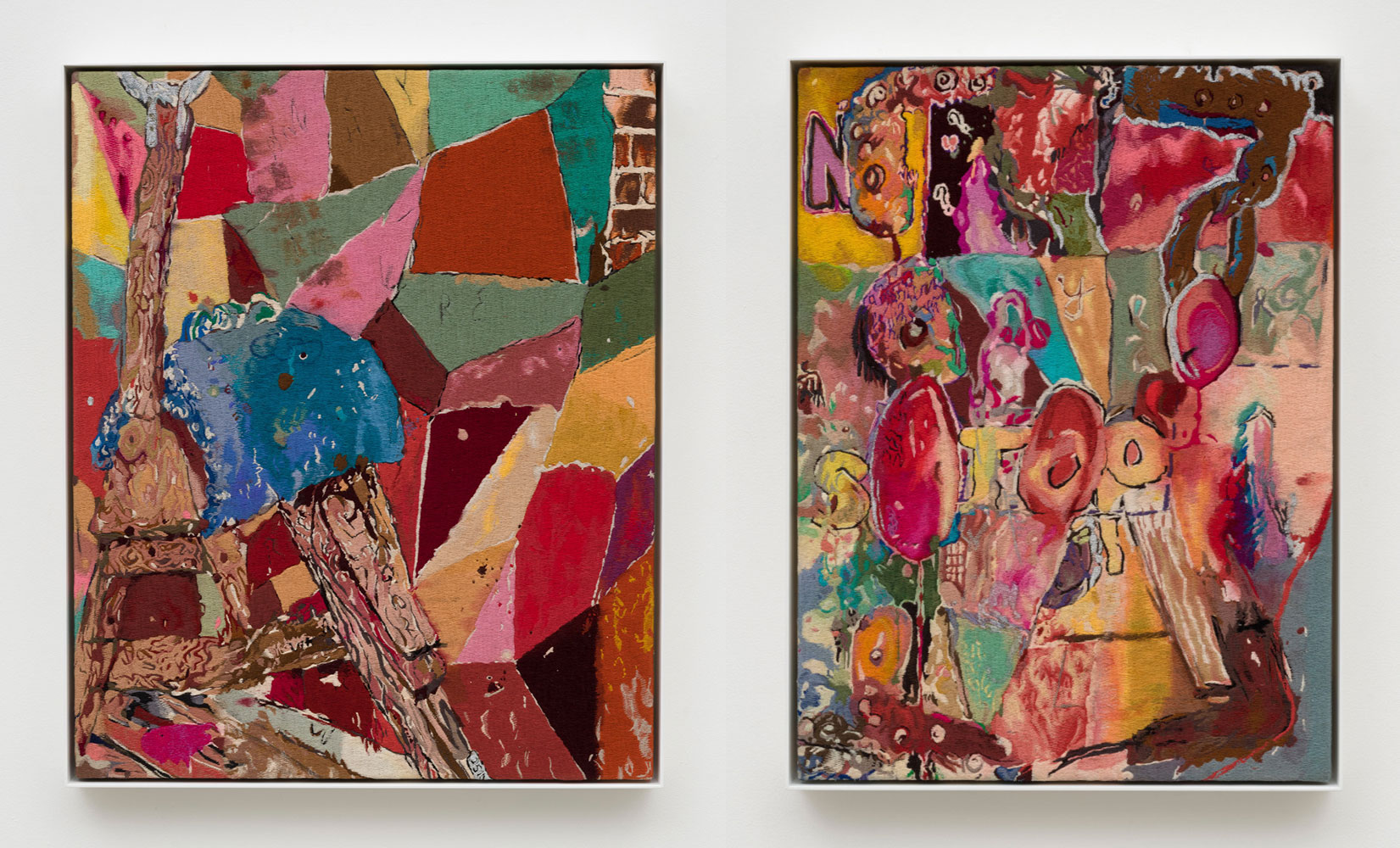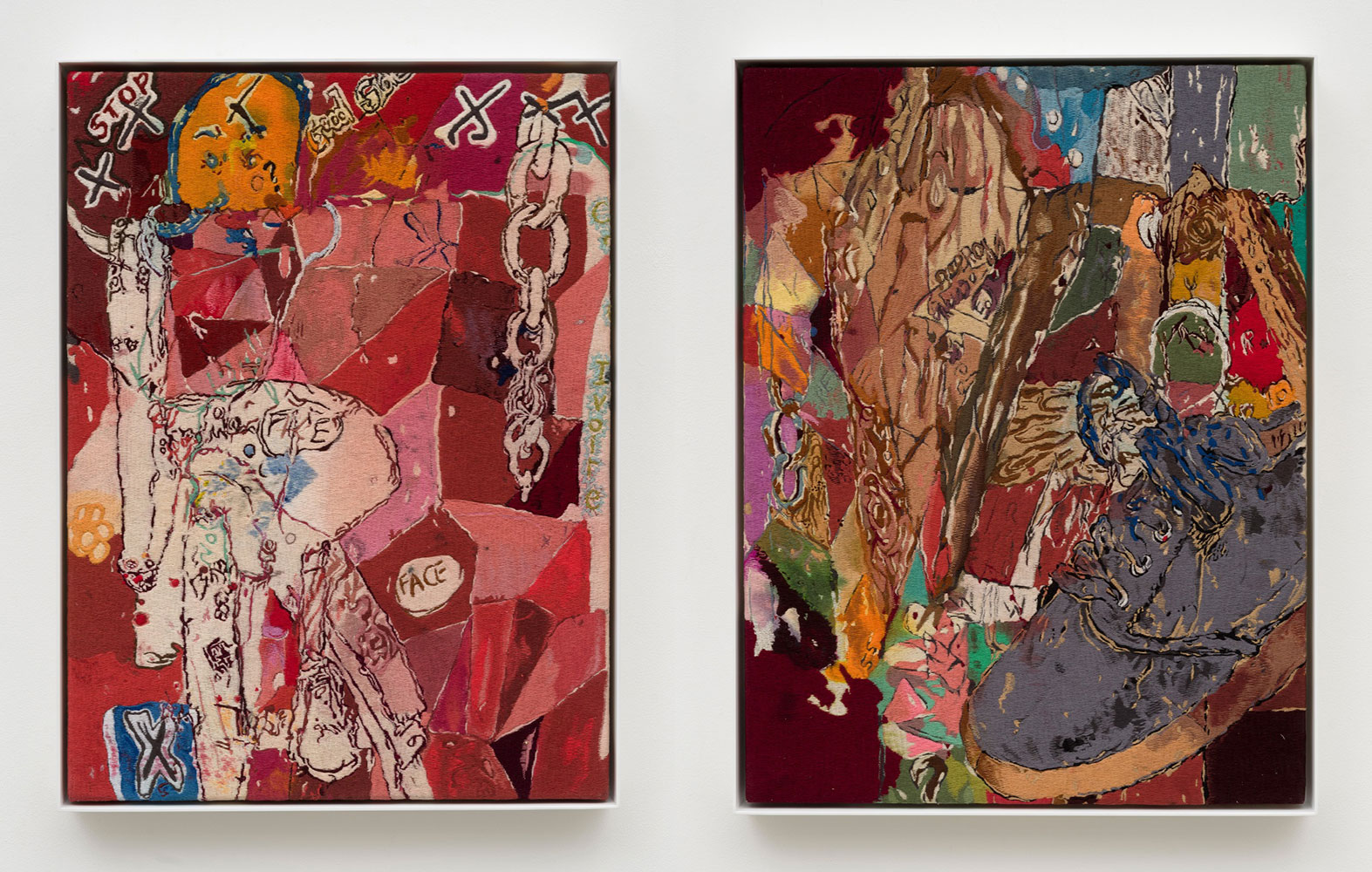ART CITIES: Los Angeles-Ivan Morley
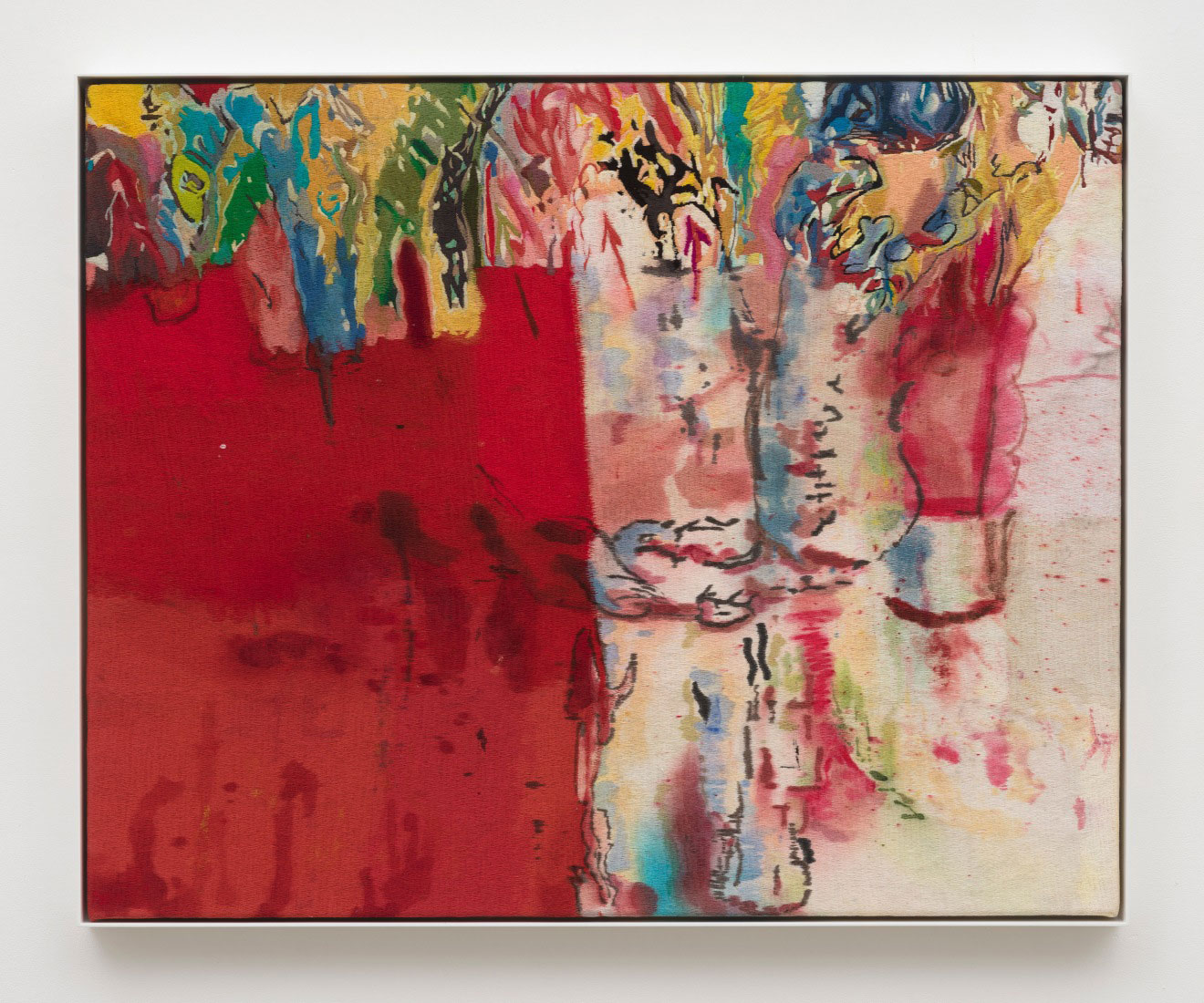 Ivan Morley combines virtuosic craftsmanship, a committed sense of place, and deep knowledge of the discipline of painting to create works that take on the medium’s major narratives even as they glorify its minor pathways. For twenty-five years, he has made works that challenge expectations about how paintings should be made and what they should depict.
Ivan Morley combines virtuosic craftsmanship, a committed sense of place, and deep knowledge of the discipline of painting to create works that take on the medium’s major narratives even as they glorify its minor pathways. For twenty-five years, he has made works that challenge expectations about how paintings should be made and what they should depict.
By Efi Michalarou
Photo: David Kordansky Gallery Archive
Ivan Morley has long employed seemingly “lower” techniques and materials, such as the embroidery that is the focus of this exhibition; at the same time, he is the author of a strange but immediately recognizable set of images and stylistic modes. Drawing upon the conventions of the still life genre, Morley’s new paintings were made directly from his observation of constructed props and other objects in his studio, including a sawhorse, a backdrop made of triangular shapes, and a length of chain. Whereas Morley’s earlier works possessed a narrative sensibility influenced by his interest in vernacular source material—often related to anecdotal social histories of California—the paintings in this exhibition are primarily concerned with sensory perception. Throughout the works in the show, Morley combines thread, ink, and watercolor on canvas, creating multifaceted visual surfaces that contain a polyphonic range of textures, colors, and images. In some portions of the paintings, particularly those rendered in ink, he invokes something akin to the draftsmanship of an illustrator. Imagistic vignettes unwind from each other against a patchwork, quilt-like background rendered in pastel hues, occasionally marked by Xs or question marks. In “Tehachepi (sic), A True Tale” (2022), the image of a hanging chain dominates the center-right portion of the painting, subtly aligning its composition with the oblong, rectangular shape of the canvas. With its motley appearance, the painting continuously modulates between artistic modes that are often considered contradictory, simultaneously shifting across large-scale abstract painting, embroidery, and drawing. Morley’s embroidery-based process is explicitly indicated by formal elements visible in the final works, specifically in notations such as “STOP,” “GOOD SIDE,” and “NO.” These elements are derived from the artist’s notes to himself, operating as a form of drawing that places them slightly adjacent to painterly gesture or expression in the traditional sense. Before embroidering the canvas, Morley uses ink and watercolors as tools to determine what will be sewn, and these underdrawings often bleed through the embroidered surface of the completed painting, suggesting the porousness of both material and time. Embroidery also creates a “leave everything in” ethos because of the relative inflexibility of the process, which involves the use of a sixteen-inch-wide hoop to create a continuous series of images unfolding across a surface. Taking such process-derived, limitation-based factors as guiding frameworks for his practice connects Morley’s paintings to histories of structuralism; in some cases, a patch of color stops where it does simply because the spool of thread was finished. The artist’s use of thread and embroidery should not be misread, however, as being related to the subversion of gendered associations with sewing or the expression of a position on domestic “craft.” On the contrary, the tactility of the thread materializes a sense of texture and grunginess much more indebted to punk visual culture, collage, and the striated, glitched images of Xerox art. Defined by fractured compositions layered with visual information and residue, Morley’s latest paintings pulsate with their own mysterious inner vitality, one that calls to be observed not only visually but across all senses and planes of perception.
Photo: Ivan Morley, Tehachepi (sic), A True Tale, 2022, thread, ink, and watercolor on canvas, 29 3/4 x 36 3/4 x 1 1/2 inches (75.6 x 93.3 x 3.8 cm), framed: 30 3/8 x 37 1/2 x 2 1/8 inches (77.2 x 95.3 x 5.4 cm), © Ivan Morley, Courtesy the artist and David Kordansky Gallery
Info: David Kordansky Gallery, 5130 W. Edgewood Pl., Los Angeles, CA, USA, Duration: 23/7-27/8/2022, Days & Hours: Tue-Sat 10:00-18:00, www.davidkordanskygallery.com/
